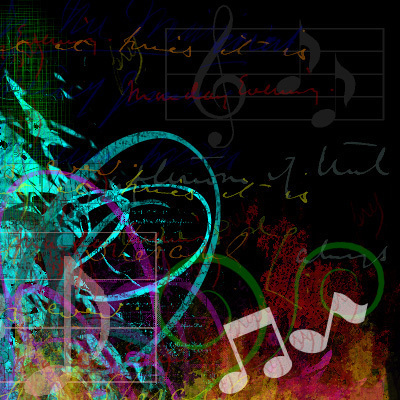 So….once your vowels are unified, it’s definitely time to move on to consonants…..
So….once your vowels are unified, it’s definitely time to move on to consonants…..
A reader left an excellent comment:
“Dear Michelle,
I have some issues with how to pronounce final consonants, because I learn different things from language/speech teachers than in music. For example, in speech/language sessions, I was taught not to dentalize or aspirate “d” or “t” endings, but it seems that this is what is taught in music.
As I am not a professional musician, I realize I may be missing something. Can you help out? Thanks.”
The way you articulate in vocal music is definitely different than you would in speech; it’s as if you must be fluid in two different languages. In making music, I strongly advocate putting a “shadow vowel” after an explosive consonant (like a D or a T). Robert Shaw said “Two consonants in succession (p/l, d/b, t/f, etc.) require a neutral “uh” vowel to be rhythmically inserted between them. Two words, one ending in a consonant and the next beginning with one, frequently require this neutral vowel (or “schwa,” or “shadow vowel”) for clarity of articulation”
I would further recommend having your choir put this “shadow vowel” on an explosive consonant (D, T, P, etc) that happens at the end of a phrase: In his treatment for choral singing , ” The Chorale Singers Cheat Sheet” , Sean Boulware says, “Explode consonants, don’t implode them. Audiences may love us for our vowels, but they respect (and pay) us for our consonants.” You must have your choir execute “shadow vowels” so that the text is clearly understood by the audience. Now, if the “schwa” is just too much, either have the choir as a whole back off a little bit, or just cut back on the number of choir members who are to perform the “shadow vowel“. Remember, you want to have enough so the choir is easily understood, but not so much that you turn off your listeners!
It’s a bit like “terrace dynamics“: even though that means to go from one dynamic level to another (piano to forte) with no graduations of volume (no diminuendos or crescendos), this was often accomplished in the Baroque era by suddenly eliminating instruments to achieve a quiter sound until it was time to play more loudly again.
 So….once your vowels are unified, it’s definitely time to move on to consonants…..
So….once your vowels are unified, it’s definitely time to move on to consonants….. Oh, my……how and when to pronounce “S”, if done incorrectly, will make the smile of any trained singer listening to the choir’s performance turn into a grimace! We need to fix that problem immediately!
Oh, my……how and when to pronounce “S”, if done incorrectly, will make the smile of any trained singer listening to the choir’s performance turn into a grimace! We need to fix that problem immediately!
Comments